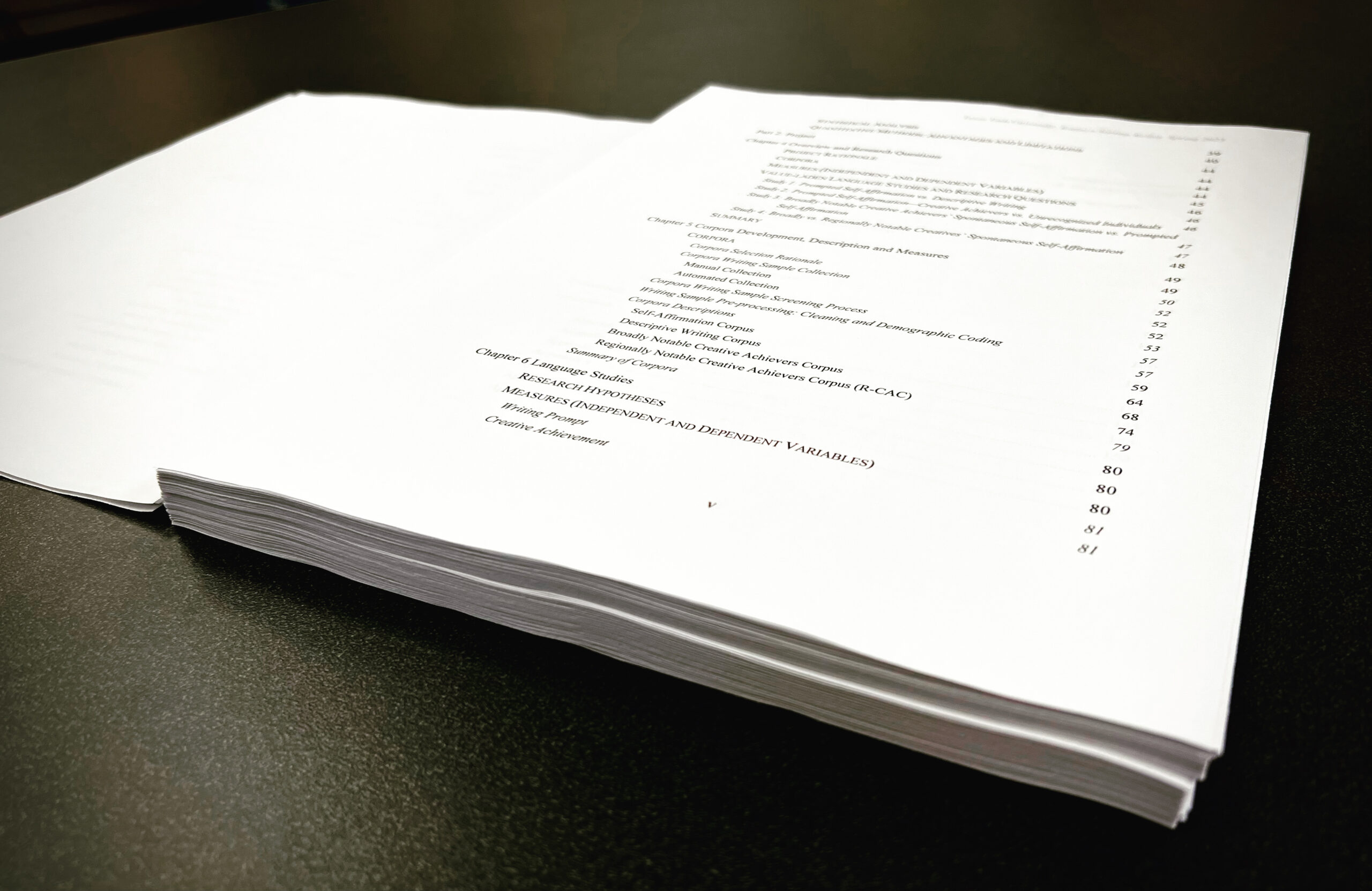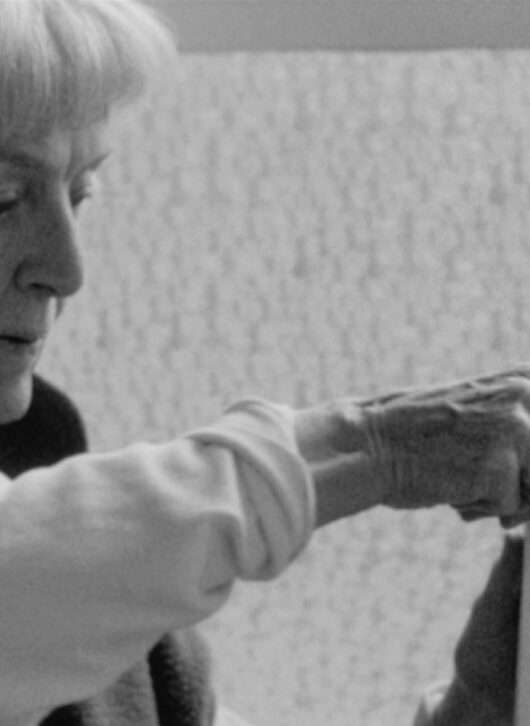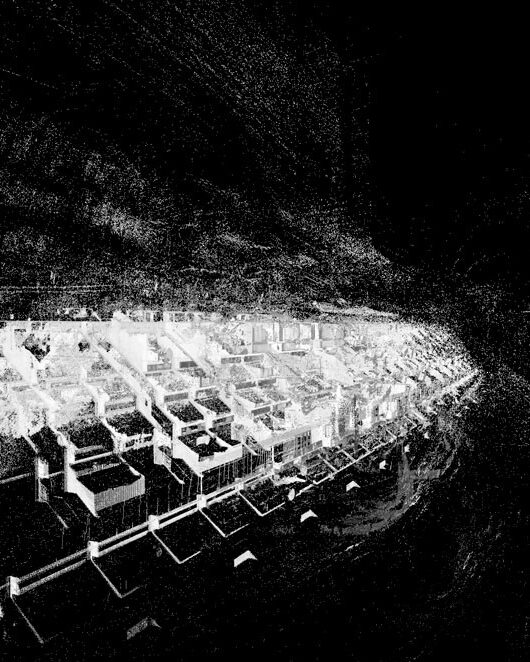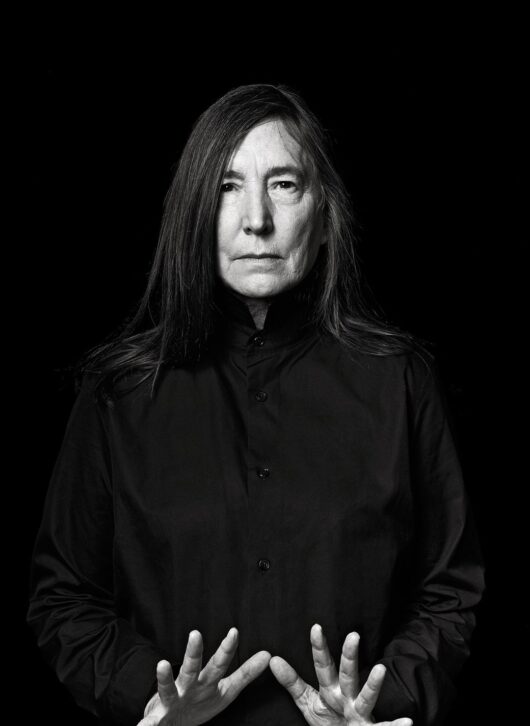ability to discriminate between real and fake smiles. my shallowrevisiting of the ramifications of shunning
“A study at Miami University indicated that individuals who recently experienced social rejection were better than both accepted and control participants in their ability to discriminate between real and fake smiles. Though both accepted and control participants were better than chance (they did not differ from each other), rejected participants were much better at this task, nearing 80% accuracy. This study is noteworthy in that it is one of the few cases of a positive or adaptive consequence of social rejection (shunning).”
This makes me a dang good human barometer of the fake and the real. I have always been sensitive this way, historically i thought of this tendency as being sponge like, now i am a spongy human barometer times 10. It actually makes it hard to be around others especial when the face and undercurrents are disconnected; obviously i have no real idea from hence their masks emanate or the source of their undercurrents and disconnect, but i definitely know a mask, disconnect, and undercurrent when i experience it. some masks and undercurrents are even harder to comprehend because the wearer has worn it so long they can’t distinguish it even to themselves, being blind to their own disconnect, but this does not ebb the undercurrents that tug at them or me. Sometimes I would like to be able to see the mask and just be able to deal with the surface, but no one really functions out of their surface and i am impacted by their undertows.
According to the studies, I should count this as a perk since it is considered a positive adaption. lovely.
0












